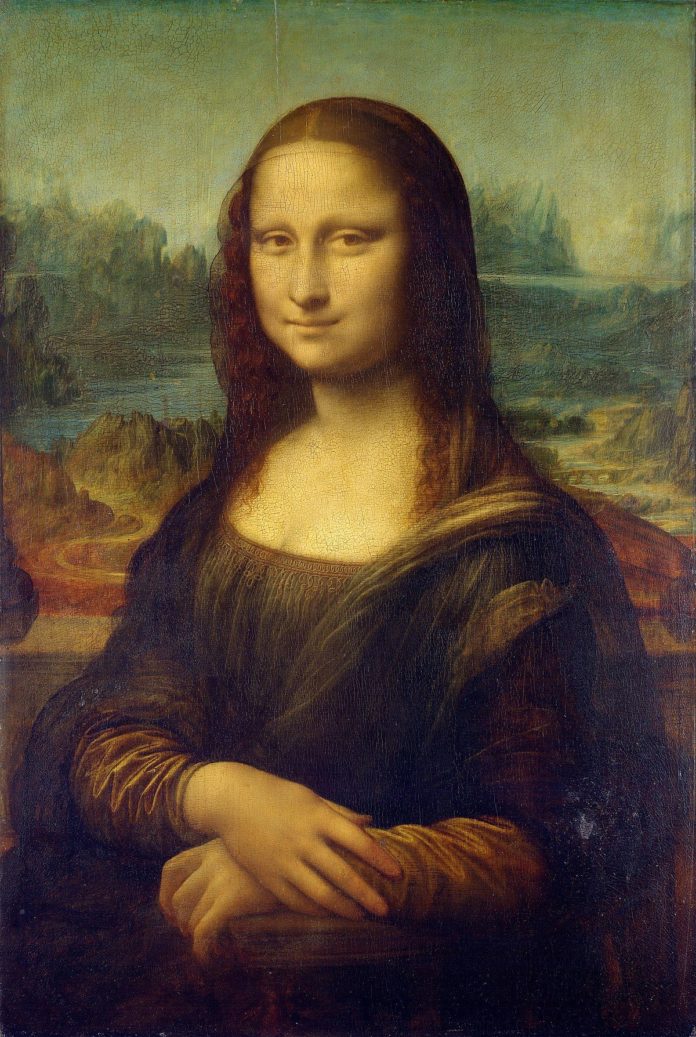Five centuries after Leonardo da Vinci painted the Mona Lisa (1503–19), the portrait hangs behind bulletproof glass within the Louvre Museum and draws thousands of jostling spectators each day.
Much has been said about her smile and gaze, but viewers still might wonder what all the fuss is about. Along with the mysteries of the sitter’s identity and her enigmatic look, the reason for the work’s popularity is one of its many conundrums.
Although many theories have attempted to pinpoint one reason for the art piece’s celebrity, the most compelling arguments insist that there is no one explanation.
Now, Boston physician Dr. Mandeep R. Mehra solved the mystery. Over a year ago, when he was in the crowd hoping to do the same. He pondered the details of La Giaconda’s strange looks — her yellowing skin, her thinning hair, and of course, her lopsided smile.
Mehra, medical director of the Heart & Vascular Center at Brigham and Women’s Hospital said, “I had the chance to just stand there for an hour and a half staring at nothing but this painting. I’m not an artist. I don’t know how to appreciate art. But I do sure know how to make a clinical diagnosis.”
While digging the history of Mona Lisa, he came in conclusion that Gherardini Lisa suffered from an ailment called hypothyroidism, that is still common. All the symptoms of the ailment, such as swollen hands, thinning hair and a lump in the neck – all visible in the portrait.
Mehra explained, “When you are stuck in a small room at the Louvre, looking very closely at the Mona Lisa, you start to notice a lot of strange details.”
“Take, for example, the inner corner of her left eye: There’s a small, fleshy bump there, just between her tear duct and the bridge of her nose. Her hair is oddly thin and lank, and her hairline is receding behind her veil. She has no eyebrows, whatsoever. And on her right hand, folded delicately over her left, there’s a noticeable bulge between her index and forefinger. She also has yellowed skin and what seems to be a goiter.”
“After noticing all these, it became clear to me that there was something wrong with her.”
“The bulge on her neck, meanwhile, could be the beginnings of a goiter, an abnormal enlargement of the thyroid gland. It’s not an aquiline neck. The smile may be due to disability caused by muscle weakness.”
Mehra said, “The enigma of the Mona Lisa can be resolved by a simple medical diagnosis of a hypothyroidism-related illness. But, the limited treatments available at the time would have meant she would have died much younger.”
To back up his diagnosis, Mehra examined life in 16th-century Florence, looking for evidence that hypothyroidism might have been a common ailment. This was a common problem among Italians during the Renaissance. Resulting goiters were commonly depicted in paintings and sculptures.
He found that the food being eaten at the time — largely vegetables — was heavily deficient in iodine, which is necessary for maintaining thyroid health. Furthermore, many of the vegetables Renaissance Florentines ate, like cauliflower, cabbage, and kale were goitrogens or goiter-promoting foods.
The finding is published in the Mayo Clinic Proceedings journal.
